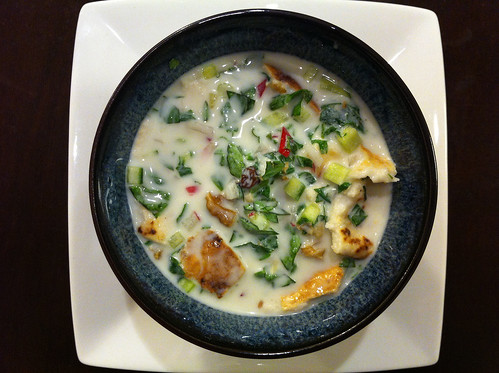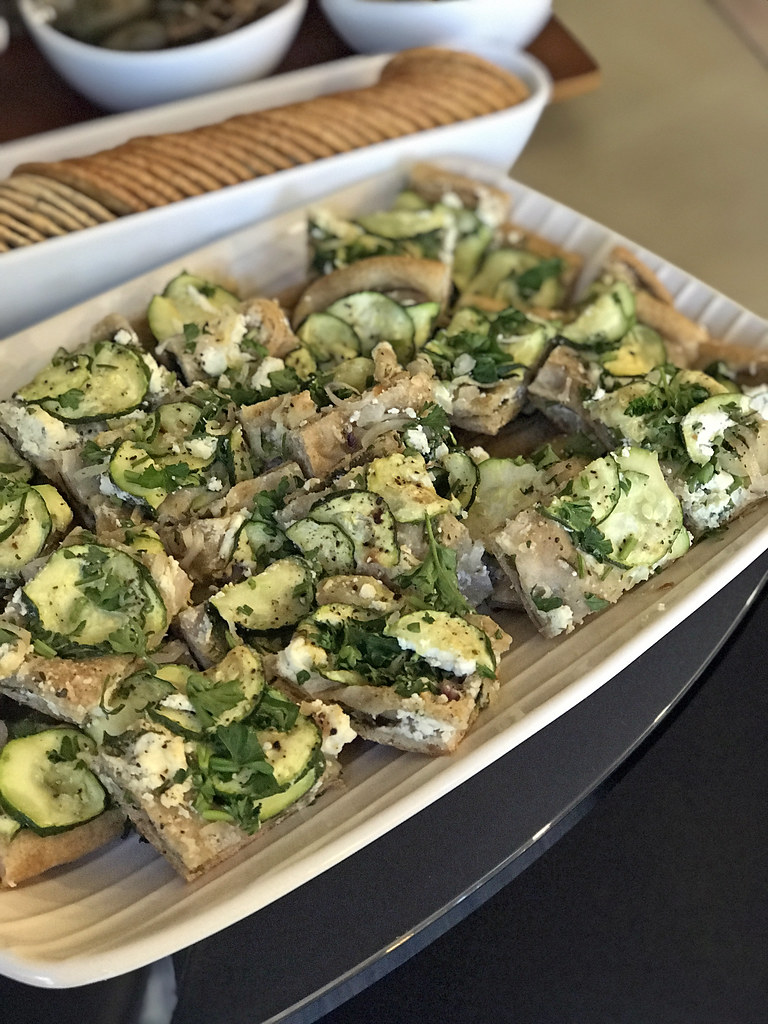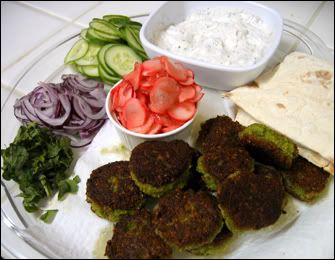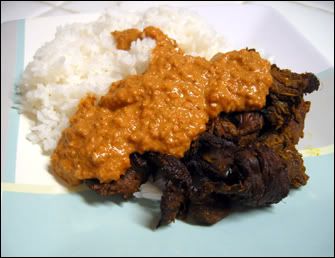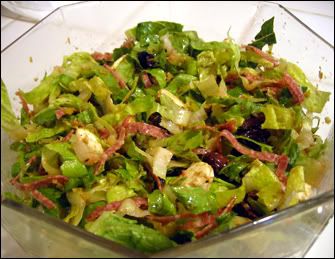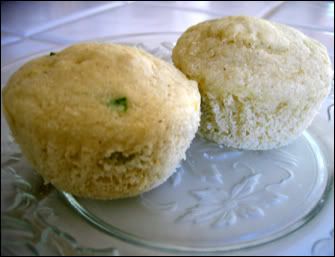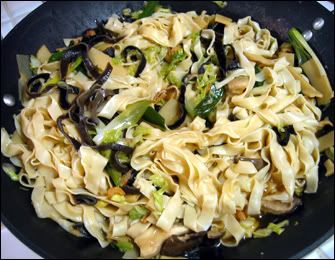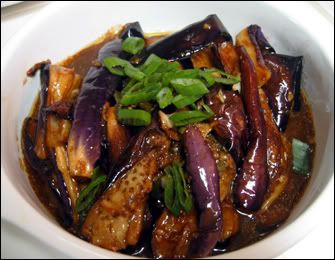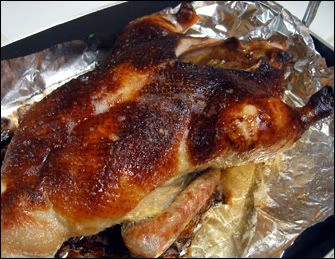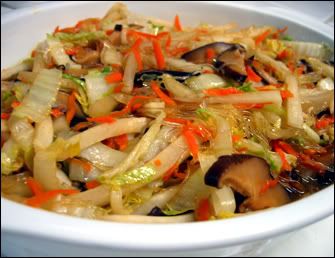It’s raining outside and I haven’t seen the sun in what feels like ages, but I’m dreaming of summer. It’s my favorite season, and with Norooz (Persian new year) only a few weeks away, warmer weather is finally beginning to feel like a reality. And with that weather comes cravings for aab doogh khiyaar.
Aab doogh khiyaar is for Iranians what gazpacho is to Spaniards or what somen is to the Japanese. It’s a comfort food for me, evocative of long sweltering days where my family couldn’t be bothered to turn on the oven.
I tried recreating it last summer and it tasted pretty close to the nostalgic aab doogh khiyaar of my childhood.
Ingredients:
2 Persian cucumbers, chopped
1 green onion, chopped
2 cups plain Middle Eastern or Greek yogurt, beaten
1 handful fresh basil (preferrably Persian), chopped
1 handful fresh chives (preferrably Persian), chopped
2 tablespoons mint, chopped
5 radishes (including greens), chopped
2 teaspoons salt
1/4 cup chopped toasted walnuts
1/4 cup raisins (preferrably Persian)
2 cups cold water
1 cup ice cubes
2 slices Pita bread (or other Middle Eastern flatbread), toasted and torn into smaller pieces
1. In a bowl, stir cucumbers and green onion into the yogurt. Add the mint, tarragon, chives, walnut, raisins and salt. Mix well together.
2. Stir in water and mix. Adjust seasonings to tasted, and just before serving add ice cubes and bread and mix.

